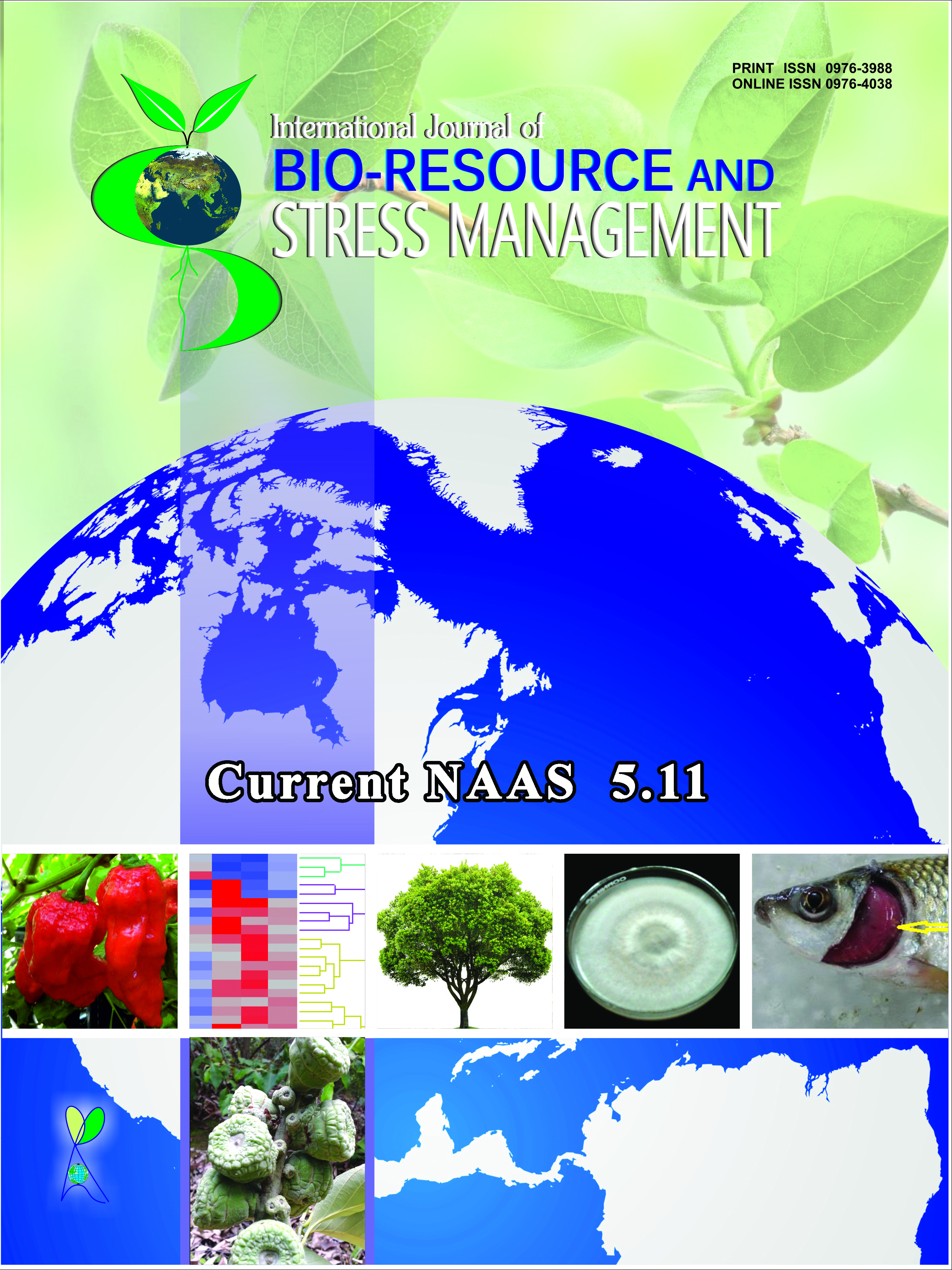Role of Anatomical Structure on Yield and Quality of Bast Fiber
Keywords:
Anatomical structure, yield and quality, bast fiberAbstract
Anatomical structure (cross-sectional area and surface structure of fiber bundle) greatly contributes to quality determination of fiber filaments. Fiber bundle with greater cross-sectional area produces coarse and strong fibers suitable for gunny bags, whereas fibers with low cross-sectional area produce fine fibers used in fabrics and finer textiles. Over-retting or under-retting will reduce fiber quality. It is difficult to assess the fiber quality if not retted properly and cannot be used in breeding process. Plant breeders may use this simple technique for genetic improvement in yield and quality of bast fiber crops (jute, kenaf, ramie and flax). The paper discusses about the anatomical techniques for use by the crop breeders for superior quality genotypes in bast fibers to help the farming community and jute industry get higher profit and superior quality fibers for various end uses.
Downloads
Downloads
Published
How to Cite
Issue
Section
License
Authors retain copyright. Articles published are made available as open access articles, distributed under the terms of the Creative Commons Attribution-NonCommercial-ShareAlike 4.0 International License, which permits unrestricted non-commercial use, distribution, and reproduction in any medium, provided the original author and source are credited. 
This journal permits and encourages authors to share their submitted versions (preprints), accepted versions (postprints) and/or published versions (publisher versions) freely under the CC BY-NC-SA 4.0 license while providing bibliographic details that credit, if applicable.





